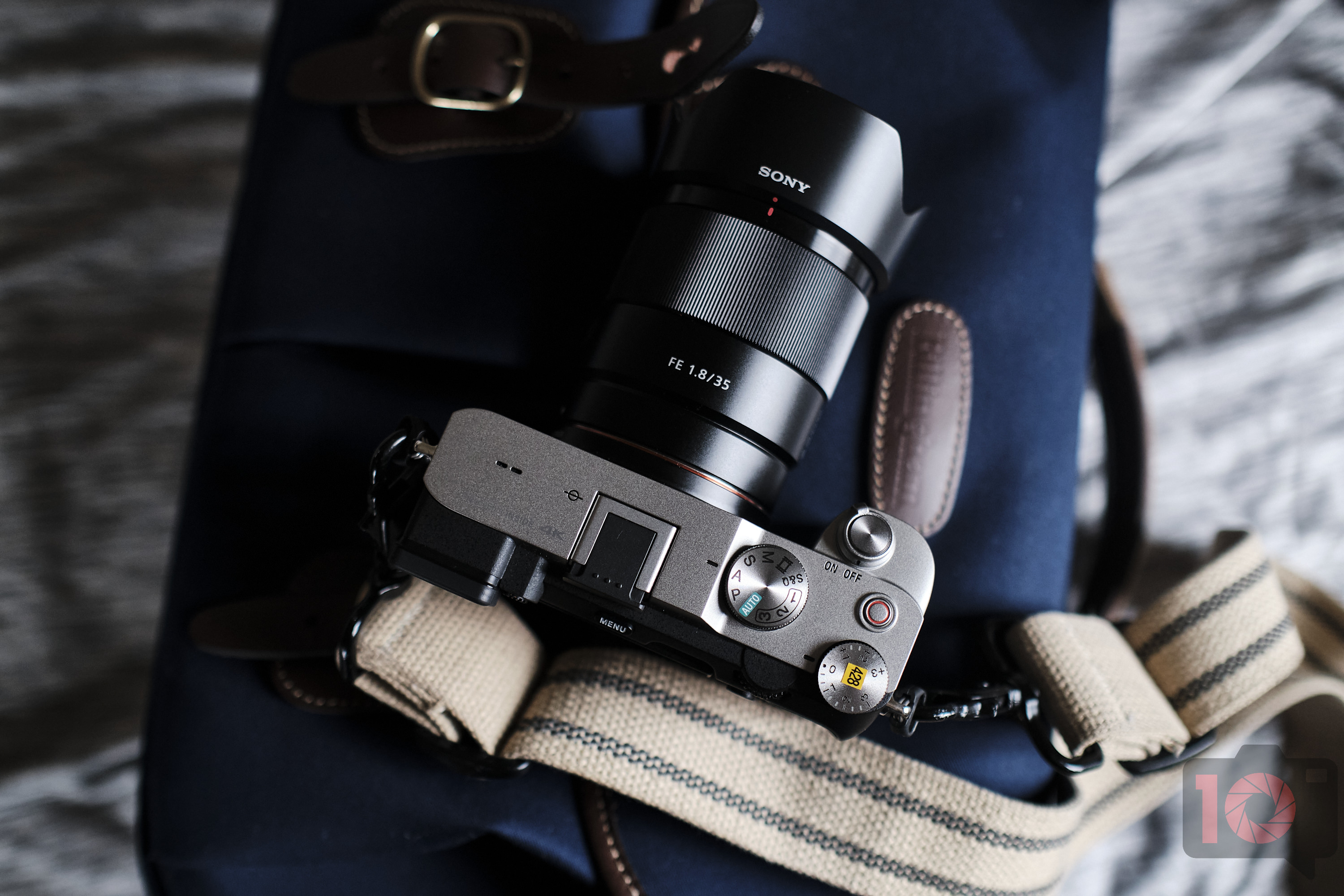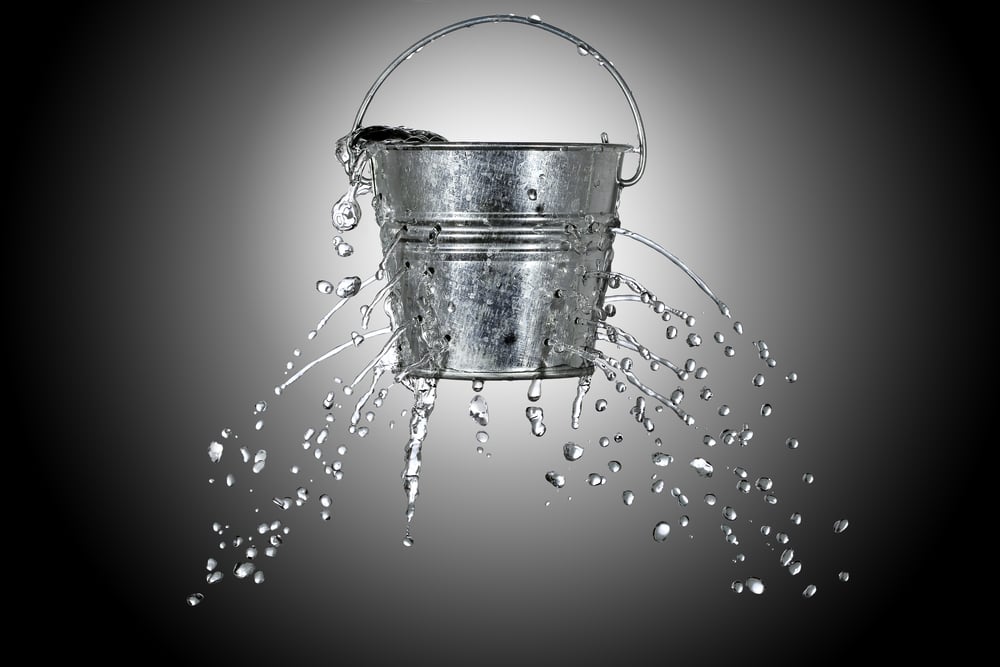

- #ARDUINO CAMERA SHUTTER TONE SERIAL#
- #ARDUINO CAMERA SHUTTER TONE MANUAL#
- #ARDUINO CAMERA SHUTTER TONE SOFTWARE#
- #ARDUINO CAMERA SHUTTER TONE CODE#
In Europe the mains period is 50 Hz, so the half period is 1/100 s. Light sources that flicker with the mains frequency are actually probably OK to use provided the exposure time is an integer multiple of the half period of the mains. I used a single LED desktop lamp, but I replaced its power supply by a bench supply to make sure there was no flicker from the mains. The video compression is anyway likely to be the limiting factor rather than the quality of the JPEGs. Also, it is probably good enough to select the lowest JPEG quality that the camera supports to further minimize the size of the image files. To limit the amount of data you will have to deal with, set the resolution to the smallest value bigger than the resolution you want your film to be.
#ARDUINO CAMERA SHUTTER TONE SOFTWARE#
So, now we have the hardware and software to capture the time lapse photos.
#ARDUINO CAMERA SHUTTER TONE CODE#
The functionality is very rudimentary and the code should be pretty self explanatory with the few comments that are included. This kind of feature is perhaps not so easy to get from a commercial remote release timer. Since the process I intended to film tended to have the most action at the beginning, I made the intervals between the exposures longer and longer.
#ARDUINO CAMERA SHUTTER TONE SERIAL#
I decided to control the operation via the USB cable using the serial monitor. Shown are also cables and a big capacitor for controlling an LED lamp, the USB cable and some unrelated circuitry. The remote shutter release cable goes out to the right. In the end I did not use this feature as I suspect it might contribute to somewhat varying light intensity between shots which would appear as flicker in the resulting video. This might be useful when the period between pictures is very long to save power and prevent the LED from getting unnecessarily hot. In addition to the camera control signals, I added a power MOSFET connected to another Arduino pin in order to control LED lighting. The signals Release and Focus go to Arduino pins. Circuit for interfacing an Arduino to the shutter release cable.


It would probably be possible to use Arduino pins directly to talk to the camera by switching the pins between tri-state (button not pressed) and low (button pressed), but I decided to use external transistors to ground the signals instead as shown in the schematic below. It did not work if the halfway step was skipped. Some experimentation showed that it is necessary to first emulate pressing the button halfway and then release the shutter. Two open collector outputs are needed, one for pressing the shutter release button halfway (to focus) and one for pressing it all the way down to take the picture. Interfacing to the camera is quite simple. Duh! So I could have used that if I had settled for having the same time between each pair of exposures.) (After almost completing this post, I realized that there is in fact a shutter release timer feature in the D300 menus. There are remote shutter releases with time-lapse functionality built in, but this was not present on mine, so instead I decided to create the time-lapse functionality by means of an Arduino Nano.
#ARDUINO CAMERA SHUTTER TONE MANUAL#
I also have a digital still camera (Nikon D300) and a manual remote shutter release with 2.5 mm stereo jack connectors. I have some magnetic putty that I wanted to take time lapse video of. Here is a description of a mini-project I did recently. Combining electronics and photography can be quite fun.


 0 kommentar(er)
0 kommentar(er)
